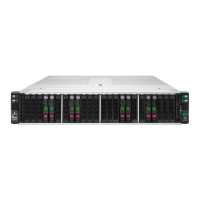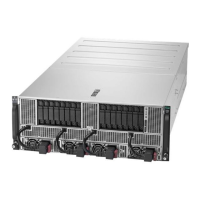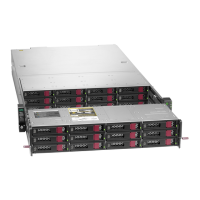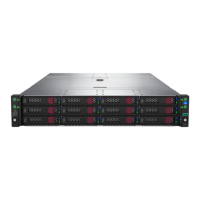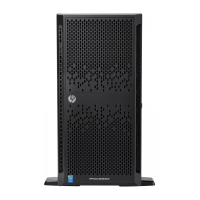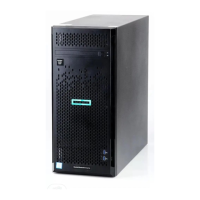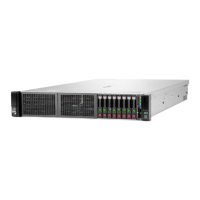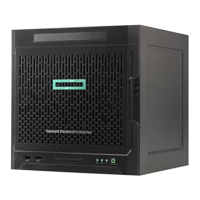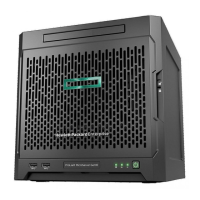Software and configuration utilities 150
• Always on, continuous monitoring for increased stability and shorter downtimes
• Rich configuration history
• Health and service alerts
• Easy export and upload to Service and Support
The Active Health System monitors and records changes in the server hardware and system
configuration. The Active Health System assists in diagnosing problems and delivering rapid resolution if
server failures occur.
The Active Health System collects the following types of data:
• Server model
• Serial number
• Processor model and speed
• Storage capacity and speed
• Memory capacity and speed
• Firmware/BIOS
Active Health System does not collect information about Active Health System users' operations,
finances, customers, employees, partners, or data center, such as IP addresses, host names, user
names, and passwords. Active Health System does not parse or change operating system data from
third-party error event log activities, such as content created or passed through by the operating system.
The data that is collected is managed according to the Hewlett Packard Enterprise Data Privacy policy.
For more information see the Hewlett Packard Enterprise website (http://www.hpe.com/info/privacy).
The Active Health System, in conjunction with the system monitoring provided by Agentless Management
or SNMP Pass-thru, provides continuous monitoring of hardware and configuration changes, system
status, and service alerts for various server components.
The Agentless Management Service is available in the SPP, which can be downloaded from the Hewlett
Packard Enterprise website (http://www.hpe.com/servers/spp/download). The Active Health System
log can be downloaded manually from iLO 4 or HPE Intelligent Provisioning and sent to Hewlett Packard
Enterprise.
For more information, see the following documents:
• iLO User Guide on the Hewlett Packard Enterprise website (http://www.hpe.com/info/ilo/docs)
• Intelligent Provisioning User Guide on the Hewlett Packard Enterprise website
(http://www.hpe.com/info/intelligentprovisioning/docs)
iLO RESTful API support
HPE iLO 4 firmware version 2.00 and later includes the iLO RESTful API. The iLO RESTful API is a
management interface that server management tools can use to perform configuration, inventory, and
monitoring of the ProLiant server via iLO. The iLO RESTful API uses basic HTTPS operations (GET, PUT,
POST, DELETE, and PATCH) to submit or return JSON-formatted data with iLO web server.
HPE iLO 4 2.30 and later is Redfish 1.0-conformant while remaining backward compatible with the
existing iLO RESTful API.
HPE iLO 4 supports the iLO RESTful API with ProLiant Gen8 and later servers. For more information
about the iLO RESTful API, see the Hewlett Packard Enterprise website
(http://www.hpe.com/info/restfulinterface/docs).
